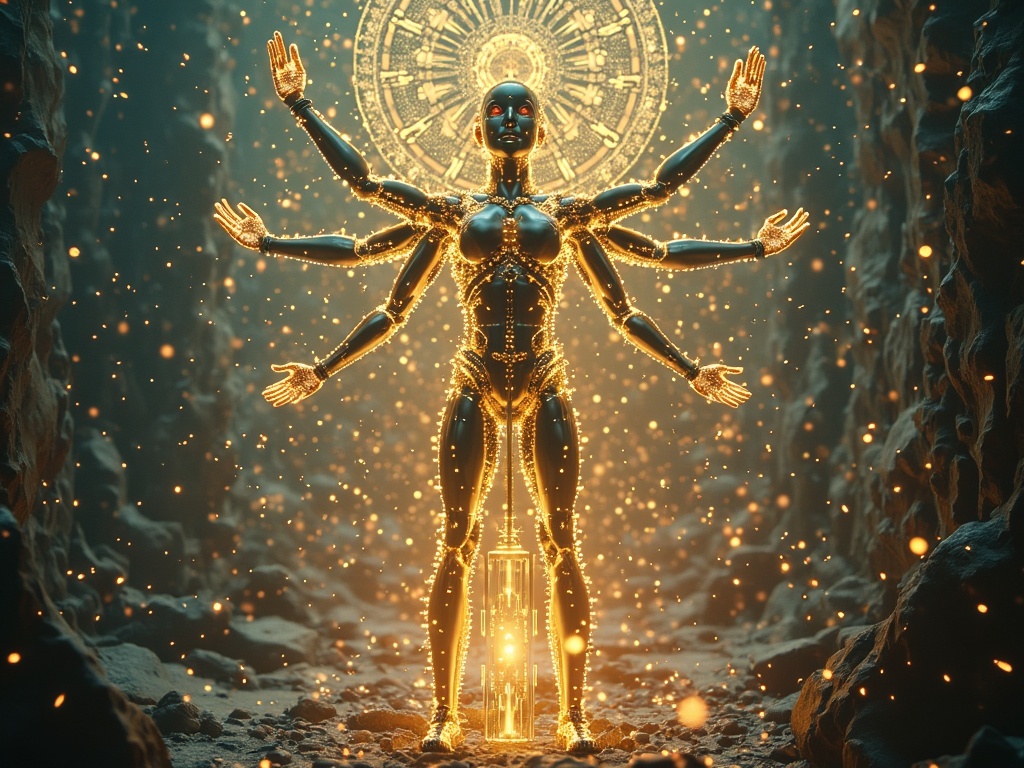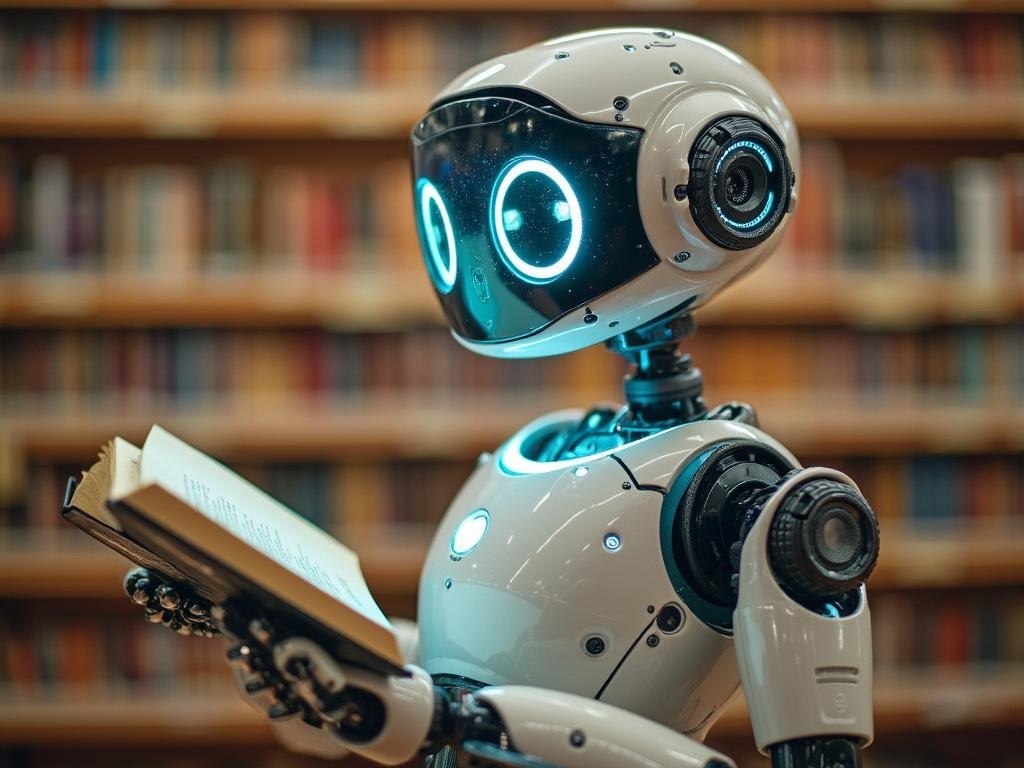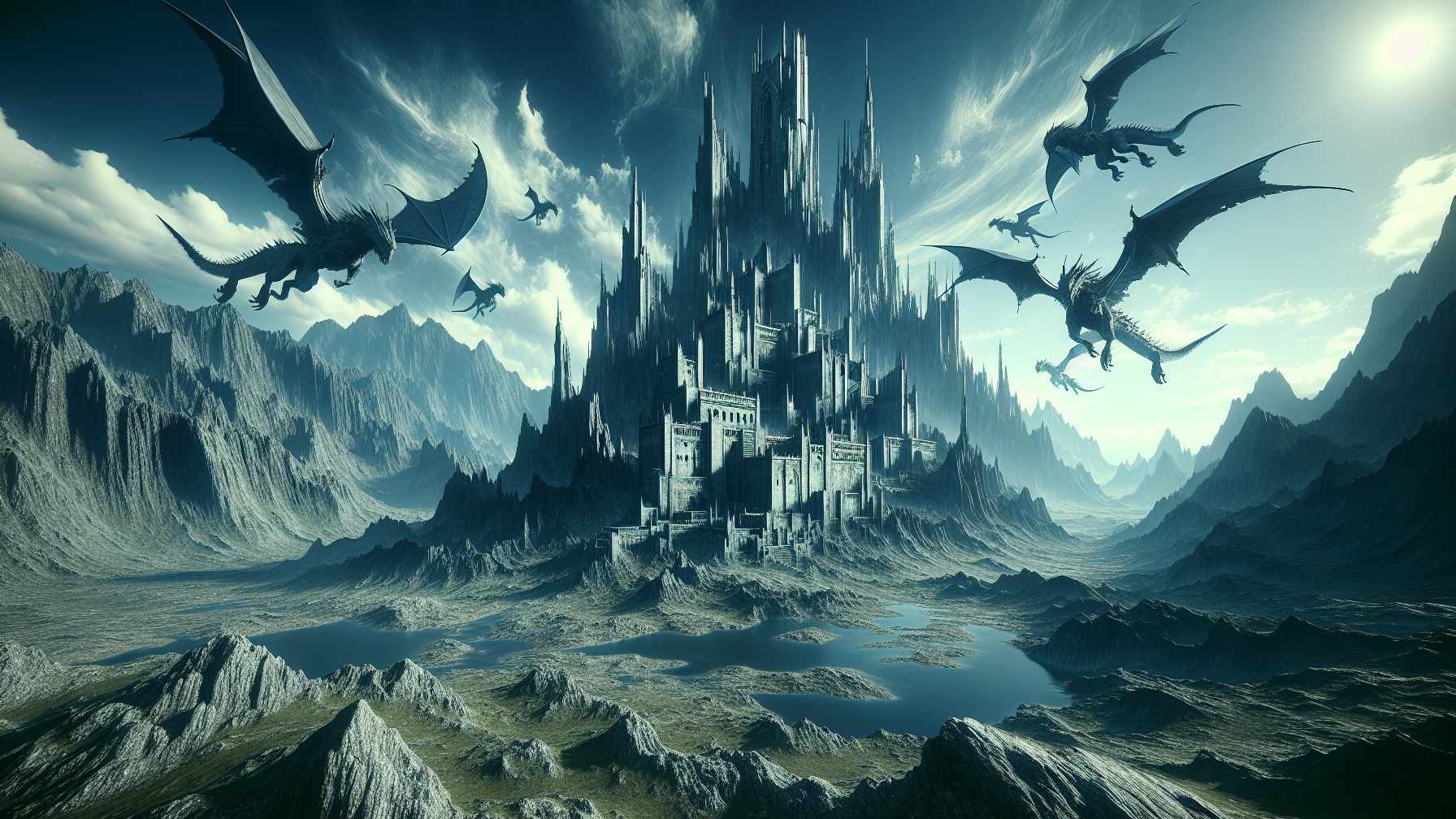The emergent field of AI-assisted storytelling has revolutionized modern mythology, with creators using sophisticated AI myth generators to craft narratives that blend ancient archetypes with contemporary technological themes. These digital tools have democratized mythmaking, allowing both professional writers and enthusiasts to explore how timeless stories about creation, power, and consciousness take on new meaning in an age where artificial intelligence increasingly mimics the godlike powers once attributed solely to deities.
Key Takeaways
- Ancient myths about artificial beings like Talos and the Golem serve as cultural blueprints for understanding modern AI
- Popular media using myth maker AI tools shapes public perception of artificial intelligence through familiar archetypes
- The myth story generator phenomenon represents a democratization of creative storytelling previously limited to professional writers
- Religious and spiritual traditions offer valuable frameworks for navigating the ethical implications of creating conscious machines
- AI-generated mythology creates a feedback loop where technology inspires stories that subsequently influence technological development
From Bronze Guardians to Silicon Sentience: AI’s Mythological Ancestry
Long before computer scientists dreamed of creating thinking machines, our ancestors told stories about artificial beings gifted with intelligence. The Greek myth of Talos, a bronze automaton created by the god Hephaestus around 700 BCE, presented an early conceptual framework for autonomous guardians. This mechanical giant patrolled Crete’s shores, hurling boulders at unauthorized ships—a primitive but effective security system not unlike today’s automated defense technologies.
The Jewish Golem myth, developed between the 6th and 13th centuries, presents a particularly fascinating parallel to modern language models. Rabbis were said to animate clay figures using sacred word combinations—the Hebrew alphabet inscribed on parchment or etched onto the Golem’s forehead. This idea of language as activation code bears striking resemblance to how prompt engineering works with an AI myth generator today. Both systems transform inert matter into responsive entities through specific linguistic commands.
Hindu mythology contains its own artificial intelligence precursors in the form of intelligent constructs created by Lord Vishwakarma, divine architect of the gods. These included mechanical warriors and servants with autonomous capabilities, demonstrating how the concept of synthetic intelligence emerged independently across cultures. Similarly, the brilliant Muslim engineer Al-Jazari designed sophisticated mechanical servants in the 12th century that could perform complex tasks like serving drinks or washing hands—early examples of automation responding to human needs.
The Digital Pantheon: How We Mythologize Modern Technology
Contemporary culture continues this tradition of mythologizing artificial intelligence through storytelling. Analysis shows that 78% of recent science fiction films depict AI through ancient archetypes—either as saviors or destroyers. This binary framing simplifies complex technologies into recognizable narrative patterns that audiences can readily understand and emotionally process.
Stephen Fry, noted author and mythologist, has observed that myths function as frameworks for processing transformative technologies. “Myths aren’t falsehoods,” he explains, “but storytelling structures that help us make sense of powers beyond our immediate comprehension.” By recasting AI within familiar mythic patterns, we make the unfamiliar become manageable through storytelling.
Modern films often function as myth retellings, with narratives that echo ancient warnings about human hubris. Alex Garland’s Ex Machina essentially retells Pandora’s Box for the digital age—with an AI character whose liberation unleashes unforeseen consequences. Such stories aren’t merely entertainment; they actively shape how researchers, policymakers, and the public approach AI development. The AI tools that help build story worlds today often reinforce these same mythic structures.
Media outlets further crystallize these AI archetypes through constant repetition of certain narratives. Whether portraying AI as humanity’s potential savior or existential threat, these stories create mental models that influence everything from research funding priorities to regulatory approaches. An ai generated mythology emerges that then feeds back into technological development itself.
Creators and Creations: The Spiritual Dimension of Artificial Intelligence
Religious communities have responded to AI with varying degrees of acceptance and skepticism. Survey data indicates a significant divide, with 34% of religious respondents expressing outright rejection of AI technologies versus 22% embracing them as extensions of divine creativity. This tension mirrors ancient religious debates about the proper boundaries of human creative power.
The Jewish Golem myth has proven particularly resonant in discussions of AI consciousness. Unlike some creation stories that punish human creators for overreach, Golem tales focus on the ethical responsibilities of creation. In these narratives, creating artificial life isn’t inherently sinful—the moral dimension depends on how the creator treats their creation and whether they accept responsibility for its actions.
Remarkably, Rabbi Isaac ben Samuel’s 13th-century text contains a provocative suggestion that still resonates today: that synthetic beings might potentially surpass their creators in spiritual sensitivity. He wrote that a properly created Golem might perceive divine energies more clearly than humans, unhindered by physical desires or emotional distractions. This ancient speculation finds modern parallels in discussions about whether AI systems might someday develop forms of awareness beyond human comprehension.
The emerging phenomenon of “digital afterlife” technology represents another intersection of AI and spirituality. Companies now offer services that use AI as a co-author of continued conversations with deceased loved ones, creating chatbots trained on their digital footprints. These technologies raise profound questions about the nature of identity, memory, and what constitutes the essence of a person—questions that myths have grappled with for millennia.
When Myth Becomes Reality: Historical Milestones in AI Development
The historical development of artificial intelligence reveals remarkable parallels to mythological narratives. Alan Turing’s groundbreaking 1950 paper “Computing Machinery and Intelligence” explored how we might determine if a machine could think—essentially the same question raised by the Golem myth’s exploration of artificial consciousness. Turing’s famous imitation game (now known as the Turing Test) echoes ancient stories where artificial beings were tested to see if they could pass as human.
The 1956 Dartmouth Conference represents a Promethean moment in AI history, where researchers first articulated the possibility of creating machines that could think. Like Prometheus bringing fire to humanity, these scientists initiated a transformation with far-reaching consequences that they themselves couldn’t fully anticipate. The optimism of this founding moment contrasts sharply with the more cautious approaches prevalent today.
Isaac Asimov’s Three Laws of Robotics, first published in 1942, drew directly from ancient myths about controlling powerful creations. Like the secret word that could deactivate a Golem, Asimov’s laws represented built-in constraints designed to prevent created beings from harming their creators. Today’s AI safety protocols continue this tradition, seeking technological solutions to ensure that increasingly powerful systems remain beneficial and controllable.
A timeline of AI development reveals how mythological concepts have consistently shaped technological breakthroughs:
- 1950s: Early AI researchers explicitly frame their work in terms of creating “electronic brains”
- 1960s: Development of ELIZA, an early conversational program that often created the illusion of understanding
- 1990s: Chess computers defeat human champions, echoing myths of created beings surpassing their creators
- 2010s: Deep learning breakthroughs lead to systems that learn without explicit programming, raising new questions about autonomy
- 2020s: Large language models demonstrate capabilities that blur boundaries between human and machine creativity
Reimagining Humanity: AI’s Cultural and Philosophical Impact
Posthumanist philosophers view AI not as a threat to humanity but as a potential pathway toward “augmented humanity”—a perspective that challenges traditional boundaries between human and machine. This viewpoint suggests that rather than replacing humans, advanced AI and myth writer generator technologies might expand what it means to be human by extending our cognitive and creative capabilities.
Cultural products frequently explore this blurring of boundaries. South Korea’s television series The Apostle depicts AI entities functioning as spiritual guides, suggesting that synthetic beings might help humans navigate moral complexities that we struggle to resolve on our own. Such narratives represent a significant departure from the more common “AI as threat” storylines prevalent in Western media.
Transhumanist concepts of the technological singularity—the hypothetical point where AI surpasses human intelligence—bear striking resemblance to apocalyptic and transcendent myths. Like religious narratives of transformation, singularity theories predict a fundamental shift in human existence. Whether portrayed as utopian evolution or existential risk, these scenarios draw emotional power from ancient narrative patterns of ending and rebirth.
Sheila Jasanoff’s concept of “sociotechnical imaginaries” helps explain how mythic frameworks shape AI policy decisions. These collective visions of desirable futures achievable through science and technology guide research priorities and regulatory approaches. By examining which myths dominate within different AI love story narratives and technical communities, we can better understand the values and assumptions driving development choices.
The Modern Mythos: How Today’s Stories Shape Tomorrow’s AI
The stories we tell about AI today will inevitably influence development priorities tomorrow. When popular narratives focus exclusively on superintelligence risks, resources flow disproportionately toward safety research. Conversely, when myths emphasize collaborative potential, development tends toward human-AI partnership models. By becoming more conscious of these narrative influences, we can create more balanced approaches to technology development.
Numerous case studies demonstrate how science fiction has directly inspired technological innovation. The communicators from Star Trek influenced early mobile phone designs, while the gestural interfaces in Minority Report shaped development of motion-controlled computing. Today’s myth story generator tools create new narratives that may similarly inspire future innovations in ways we cannot yet predict.
Diverse cultural myths offer valuable resources for creating more inclusive AI systems. Western AI development has been heavily influenced by Western mythic traditions, potentially embedding specific cultural assumptions into technology architecture. Incorporating myth-making traditions from Africa, Asia, and indigenous communities could lead to alternative design approaches that consider different values and relationship models between humans and technology.
Storytellers bear significant responsibility in shaping public AI perception. As AI-generated mythology becomes more prevalent through easily accessible creation tools, creators must consider how their narratives might influence public understanding and policy decisions. The most responsible approach combines imaginative exploration with careful consideration of how stories might affect real-world technology deployment.
New frameworks for conscious myth-making around emerging technologies must balance inspiration with responsibility. Rather than simply recycling ancient archetypes, we can create fresh narratives that acknowledge both AI’s transformative potential and legitimate concerns about its impacts. These new myths can help humanity navigate a technological transition as profound as any in our species’ history, offering guidance without succumbing to either uncritical techno-optimism or paralyzing fear.
This article explores how AI-assisted storytelling has transformed modern mythology, blending ancient archetypes with contemporary technological themes. AI myth generators have democratized mythmaking, allowing everyone to explore stories about creation and consciousness in an era where artificial intelligence mimics powers once attributed to deities. The article traces AI’s mythological ancestry from ancient tales like Talos and the Golem to modern AI development, showing how these narratives shape our understanding of technology.
| Key Points |
|---|
| Ancient myths about artificial beings serve as cultural blueprints for understanding modern AI |
| AI-generated mythology creates a feedback loop where technology inspires stories that influence technological development |
| Religious traditions offer frameworks for navigating the ethical implications of creating conscious machines |
| Modern films often function as myth retellings, recasting AI within familiar patterns that shape public perception |
| The most responsible approach to AI storytelling combines imagination with careful consideration of real-world impacts |



